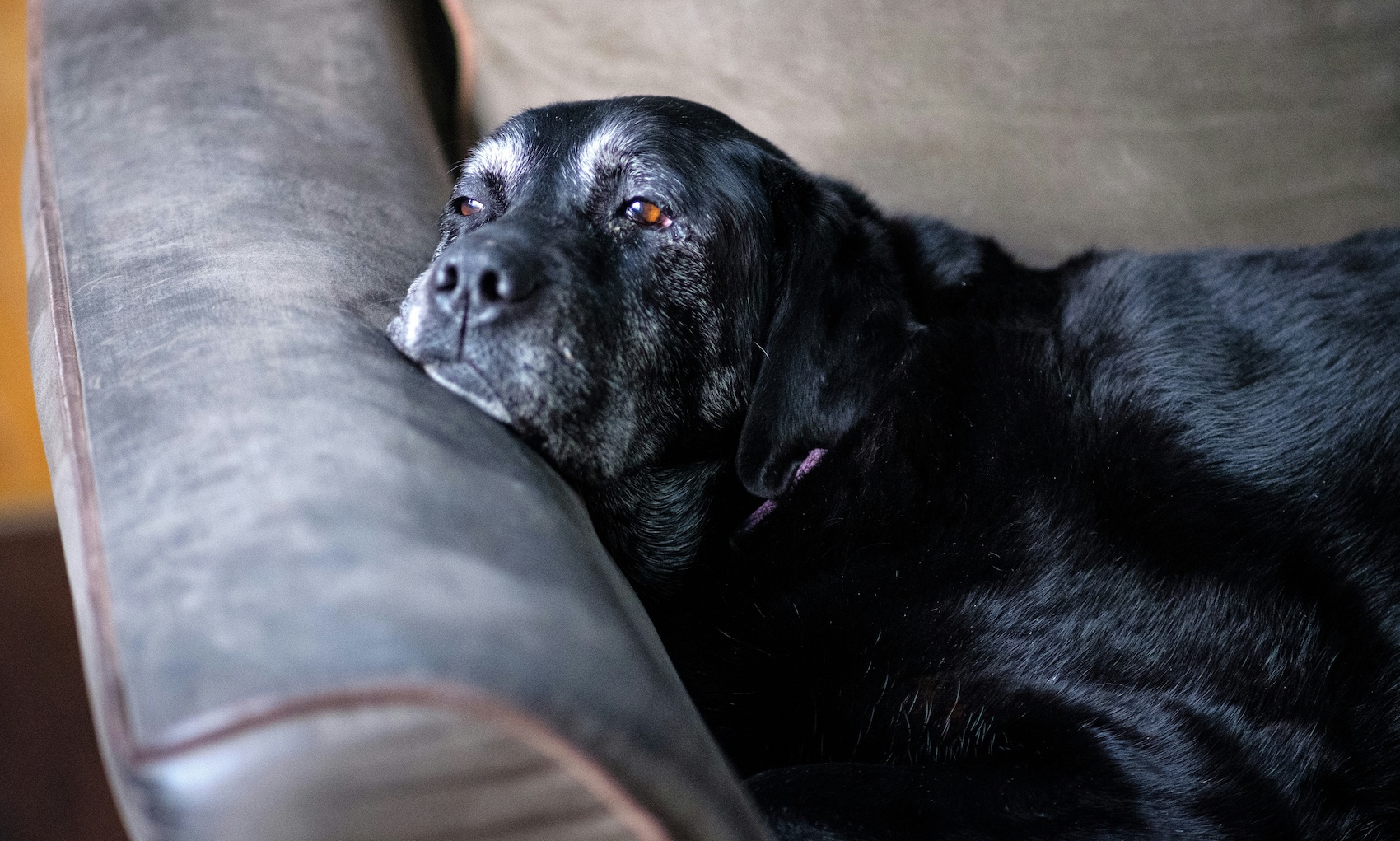Your cart is currently empty!

Why is my dog stiff?
That sounds like there is a simple answer to that question, but alas, no luck. Stiffness can come from a variety of sources- muscle, soft tissue or joint capsule, so how do we differentiate one from the other.
When confronted with an area of decreased motion, I jump into motion palpation/ joint glides first. First things first, feel for joint play. Where and is there stiffness? Muscles and tendons don’t provide stiffness or resistance in this motion. If you think of an arthritic hip, it will be stiff long before it reaches its end ROM as there is joint capsule tightening.
Then, while doing your ROM, think about the muscles you are concurrently stretching. Perfect example: shoulder flexion also stretches the supraspinatus tendon and the biceps tendon. If you start a biceps tendon stretch with the elbow in extension before adding in shoulder flexion, the focus is on the biceps tendon without involving the supraspinatus or the glenohumeral joint. However, you can move into full glenohumeral extension without putting teres major, latissimus dorsi, deep pectorals, or triceps on stretch if you block scapulothoracic motion.
Remember to always check agonists AND antagonists, R and L – always check both sides of the body so you can get a good feel for your patients normal or abnormal. How does this joint compare? Some patients will be hypermobile everywhere and others may be stiff everywhere. This must be factored in.
If you suspect a muscle or tendon to be involved of if the restricted or painful motion can indicate either joint or a soft tissue structure, then you can palpate the muscle, tendon, ligament to determine if it is painful.
How does Active Range of Motion (AROM) compare to Passive Range of Motion (PROM)? This is obviously easier to do in a human than a dog, but there are some tests you can do that look at AROM. Can the dog sit and lie down square? Those both require full hip, stifle, and tarsus flexion. The canine shoulder doesn’t lend itself to much in the way of testing full AROM. Remember that AROM lends itself to a multitude of compensations. Think of a dog with hip dysplasia, they compensate with stifle or tarsal hyperextension at the ned of stance phase, they circumduct or externally rotate the hip and has a hip/ pelvic drop when walking. A patient can learn how to actively avoid end ranges of the joint by allowing other joints to move more, take on a variation in rotational positioning, or by allowing certain muscles or structures to stretch more or work harder in order to complete the task. Therefore, a reduction in PROM is most likely a joint issue.
Then we come to my favorite place to be-END FEEL!! The end feel is one of the key factors in deciding if the problem is capsular- ligament or capsule, soft tissue apposition-muscle or fat impeding further motion, springy- as felt with a meniscal tear, spasm -indicating an acute injury, elastic tendon stretching- often hypermobility, boney- such as elbow extension, empty- this is never good!, or facilitation- test for stifle extension in a chronic partial CCL tear case, and you feel resistance to even go into extensiom. End feels tell you exactly what you are dealing with as far as joint function is concerned.
Keeping all these factors in mind we can arrive at a working clinical diagnosis with which to guide your treatment or the need for a referral for a surgical consult or for further diagnostics.